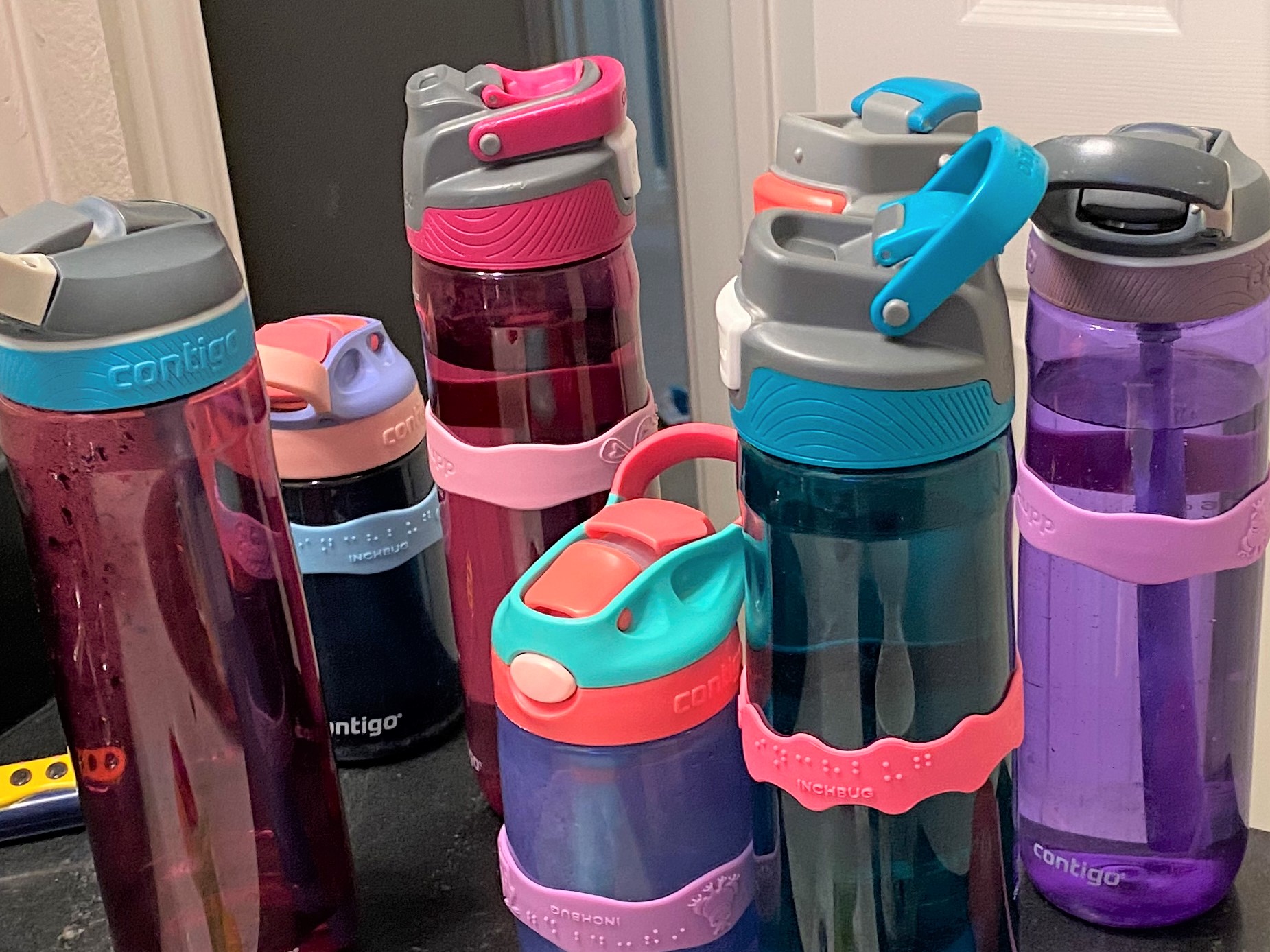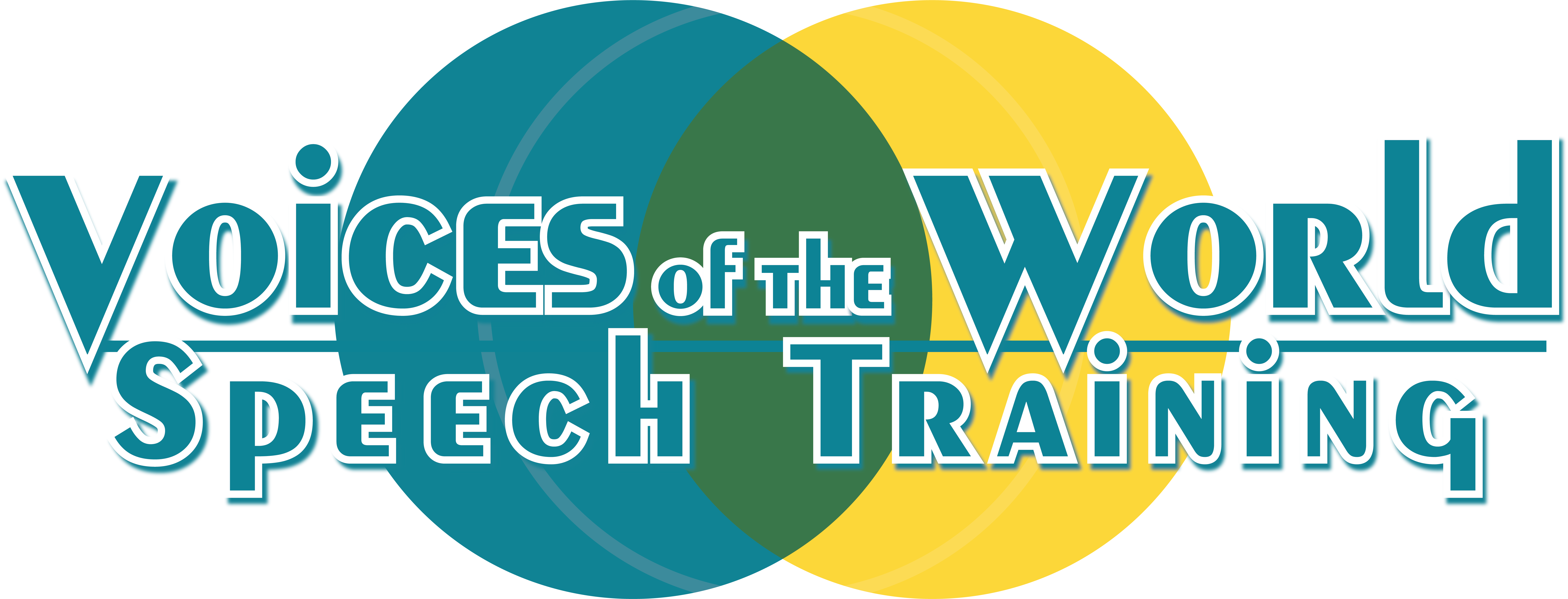
20 Oct Syllabic Consonants
*Please note that this post is geared toward pronunciation teachers with a background in speech pathology or linguistics. However, language learners may find this information useful as well!
Did you know that dictionaries use broad phonetic (or phonemic) transcription of words? While you may see some IPA symbols, you will likely need to dig much deeper on many words if you really want to know how the word is pronounced. These broad transcriptions, while helpful for the general public, are not detailed enough for pronunciation teaching. I’m going to get into the weeds here just a bit, so stick with me for practical applications at the end.
Broad and Narrow Transcription of “R”
Let’s start by considering the word “party”. In this dictionary entry, you can see that the /r/ symbol is used for the “r” sound. In the International Phonetic Alphabet, this is actually the symbol for the trilled “r” (not present in American English). When being specific about the sound produced, we would use this symbol instead: /ɹ/. If you are a pronunciation teacher, this is not a big deal. You’ll simply teach the American “r” sound.
The “T” Sound: Many Variations
A more important difference that you’ll see in the dictionary is the way different versions of “t” are represented… in that they are often not represented at all! The “t” in American English actually has many allophones, or variations that are all heard as “t” (even though they are produced differently). The dictionary keeps it simple (too simple, in my opinion) and marks all varieties as “t”. In the word “party”, we hear a tap/flap sound for the “t”. The word “rotten” has a glottal stop sound for the “t”. In the word “time”, we hear a plosive consonant. Each of these are simply marked as /t/ in the dictionary. How are language learners supposed to know which sound to use based on this information? Short answer: they can’t! In the same way, teachers of American English shouldn’t rely on these transcriptions in the dictionary either.
Syllabic Consonant Transcription
I think we can all agree pretty easily about the different ways that “t” can be pronounced. But what about something a little bit more complicated? Let’s take a look at syllabic consonants as the transcription conventions for these are confusing even to pronunciation teachers. Most dictionaries use broad transcription for syllabic consonants, which includes the symbol for schwa (e.g. /ən/, /əl/). This broad transcription might lead us to think that we need to produce a vowel in words like “people” or “situation”. However, if we look at narrow transcription (e.g. [n̩] and [l̩]), we don’t see a vowel at all. Again, if we want to be specific and detailed about how the sound is produced, we use narrow transcription. To be clear, although the broad transcription contains the symbol for schwa (vowel sound), this does not necessarily mean that a schwa sound will actually be produced.
While syllables usually contain a vowel sound, some consonants can be syllabic; this means that they can stand alone in a syllable (or beat in a word) without a vowel. The following consonants can be syllabic in American English: /n/, /m/, /l/, /r/. Different dictionaries use different transcriptions for syllabic consonants. If you look up the word “situation” in the Oxford Learner’s Dictionary, no vowel is noted going into the final /n/ sound. In the Merriam-Webster dictionary, a schwa is shown going into the final /n/.
In some sound contexts (e.g. “rotten”), the fact that the final consonant is actually syllabic should be quite clear to native speakers. In other cases (e.g. “seven”), there is some variation from speaker to speaker. Some speakers produce a transitional movement/vowel on the way to the /n/ and others produce no vowel at all. What do you do when you produce words like “seven” and “rotten”?
How We Think About Sounds
The way we think we produce sounds, even as native speakers, is often very different from our actual production. Learning to listen very carefully and critically to yourself (and others) is key in pronunciation teaching. Do you truly pronounce a schwa in words like “situation”, or do you just think you pronounce one because you are used to seeing the broad transcription that contains the symbol for schwa? This is a very important distinction as you teach American English pronunciation students. I can’t tell you how many times I have realized that what I expected didn’t match up with reality. This has been true for many native speakers and coaches I have worked with as well.
If you are a native speaker of American English, compare the first syllable of the word “about” with the final syllable of the word “situation”. Do you use a schwa sound in each? Are they exactly the same? Try pronouncing the words by themselves, then speed up, saying the same word several times in a row. Next, try producing a sentence, speaking quickly and fluidly. Record yourself and listen back. Does your production sound 100% natural? If not, try it again. I often see that people modify their pronunciation once they start thinking about it and trying to analyze it. Pay attention to how your tongue moves in your mouth. Even if you do produce a vowel in the final syllable of “situation”, it will not sound the same as the vowel at the beginning of the word “about”. If you used the same vowel, the “-tion” ending would sound heavy and unnatural.
Practical Applications for Teaching
Non-native speakers of American English are very likely to produce a vowel when the consonant should be syllabic (e.g. “people”). Language learners tend to produce an even stronger, more significant vowel sound when they see vowel letters, like in “-tion” endings. In many other languages, sound-spelling correspondence is high, meaning that speakers produce each vowel letter they see; this can make vowel reductions or eliminations really tricky for language learners.
Our goal as teachers is to help students learn as quickly and effectively as possible. Even if you argue for the presence of a schwa-like sound, at least in your own personal production, teaching the acceptable variation that does not have a vowel at all may be advisable.
Instead of trying to clarify the difference between the schwa that we hear in words like “about” and the barely-there vowel or transitional sound you personally produce in words like “situation”, simply guide the student to skip the vowel. Even when attempting a minimal, reduced vowel, non-native speakers tend to overproduce the vowel. It’s more straightforward and easier for the student to simply attempt to delete the vowel. You’ll find that some students, when trying to delete the vowel, only get part of the way there, landing on a production with a slight transitional movement. Voila! If it’s an acceptable variation, as in “-tion” endings, you can leave it at that.
Additional Notes/Reading
Here is some follow-up reading that you may find helpful:
- John Wells provides a fantastic description of transcription conventions and pronunciation variations related to syllabic consonants in this blog post. John Wells is a well-known phonetician and author of the Longman Pronunciation Dictionary.
- “I mean that although the word hidden, for example, is mostly pronounced ˈhɪdn̩, it can also be said as ˈhɪdən. Most cases of n̩ can be replaced by ən, and vice versa, with no change of meaning.”
- “In terms of phonology, I would say that syllabic consonants are not phonemes, i.e. not part of our underlying sound system. Rather, they are derived by rule from an underlying string of ə plus a non-syllabic sonorant consonant.”
- David Nicholson provides some great information about transcription conventions in this table. Please note that his focus is on British English, but some of the information also applies to American English.
- “The consonants l, n, m and r sometimes form syllables with no vowel. They usually do this alone but can also combine with another consonant. These are called syllabic consonants and are denoted by a small dot under the phonetic symbol /l̩ n̩/. But some people pronounce some of these syllabic consonants as a weak syllable with schwa /əl ən əm ər/. When both pronunciations are possible a superscript schwa /əl ən əm ər/is used to indicate choice.” Thus, in middle the syllabic consonant is standard: /ˈmɪd.l̩/. In arial only the syllable with schwa is standard: /ˈeə.ri.əl/. But in most cases both models can be used, as in classical where /ˈklæs.ɪ.kəl/ means either /ˈklæs.ɪ.kl̩/ or /ˈklæs.ɪ.kəl/. The difference is small so the sources differ in notation: Wells uses /l̩/ and /n̩/ while EPD and CALD only use /l̩/, while LPD and CCALD use neither. OALD differs from the rest in using neither the superscript schwa nor a syllable separator.”
- If you follow this link, you can see an extensive preview of American English Phonetic Transcription by Paul Carley and Inger M. Mees. This book provides lists of example words along with information about sound contexts in which consonants become syllabic, as well as information on when the addition of a schwa is optional.
- In this paper, Marla Yoshida provides very nice, concise explanations of sound concepts. This is a useful read for information on syllabic consonants and much more.
- “Many textbooks use the symbol /ɚ/ or /ɝ/ to represent this “syllabic /r/,” while others use a double symbol like /ər/ or /ɜr/.”
- “…When the syllable after it is /ən/ or syllabic /n/. (That is, /ə/ disappears and /n/ is lengthened and becomes a whole syllable. The symbol for syllabic /n/ is [n̩].)”
If you’d like to teach your students using a clear, detailed method, please visit us at www.RuppMethod.com for more information.
